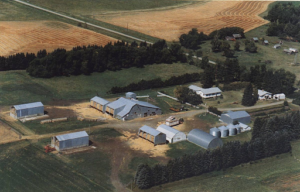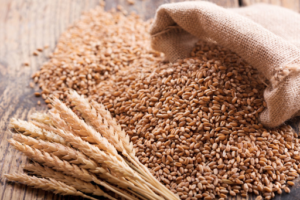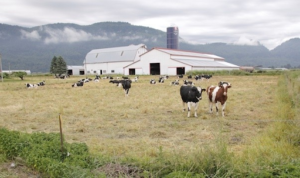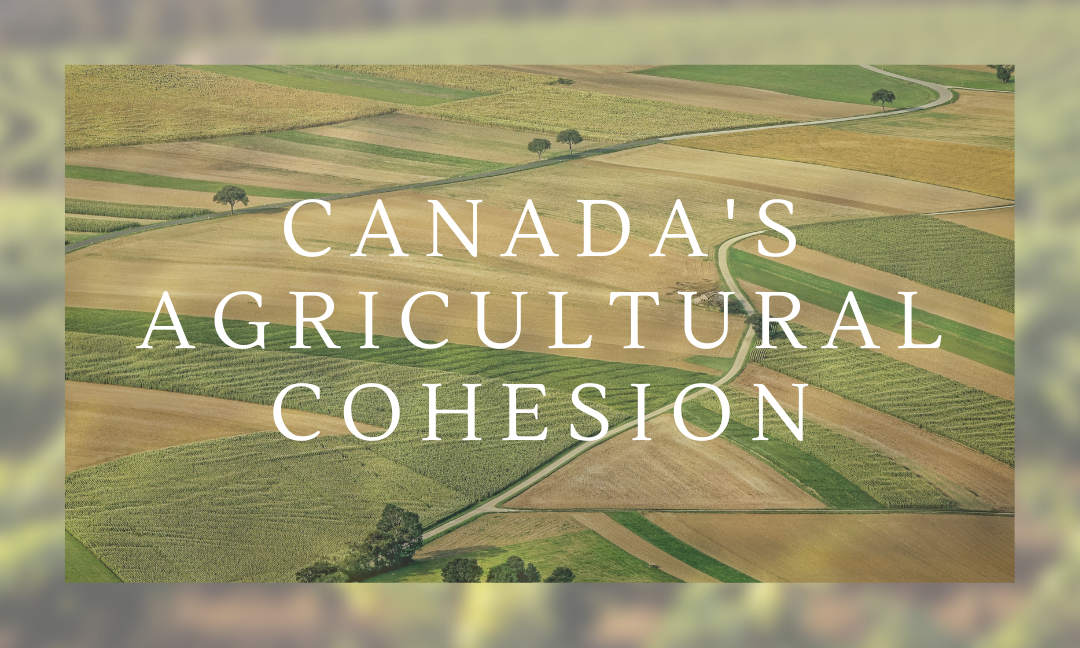Written by: Zack Sher
Canada’s geography has a certain peculiarity.
It’s rare for a country to feature such a vast array of contrasting landscapes, yet still, maintain such an objective sense of agricultural cohesion. Canada almost seems finetuned in this regard…
And from the bitter winds of the arctic to the scenic forests of British Columbia, Canada’s geography is incredibly vast. Canada is also the second-largest country in the world by landmass and utilizes its wide-reaching geography to solidify its agricultural pursuits!

First and foremost, 7% of Canada’s land can be farmed or cultivated. At first glance this number may seem minuscule, however, considering the sheer expanse of Canada’s landmass, this number is actually very significant. For instance, there are 2.3 million farming jobs in Canada and agriculture accounts for 6.7% of Canada’s gross domestic product.
In short, agriculture is a vital sector of Canada’s economy.
The majority of Canada’s agriculture takes place in Manitoba, Saskatchewan, and Alberta, otherwise known as the prairie provinces. These provinces are home to large plains and numerous grasslands that are ideal for farming.

The southwestern portion of the prairies, in particular, are home to primarily black and brown soil types. These lands are highly prone to droughts which have detrimental effects on agriculture; however, modern irrigation systems have greatly combated this issue. In contrast, the eastern portion of the prairies has significant water reservoirs in the form of several great lakes and large rivers. The eastern prairies also receive reasonable amounts of rainfall each year and are far better suited to growing crops than their southwestern counterpart.
However, the one exception to this law is wheat. Wheat is unique in the sense that it thrives in areas with lower humidities, making it perfectly suited for the southwestern prairies. Manitoba, in particular, consists of 3.1 million acres of wheat-seeded area and accounted for 5.2 million tons of 2020 spring wheat production. Moreover, Manitoba’s wheat production was valued at $1.3 billion in 2020!

Dairy farming is also important to Canada’s agricultural pursuits, and in 2018, there were 967,700 dairy cows on 10,679 Canadian farms. Quebec and Ontario are the country’s two largest dairy producers and produce 37% and 33% of Canada’s total milk. The geography of these two provinces is ideal for raising cattle and their continental climates perfectly accommodate the dairy production of cows. Dairy production contributes a whopping $19.9 billion to Canada’s yearly gross domestic product.

Fun fact: Canada is the world’s largest exporter of pulses.
Oil, an often forgotten subcategory of agriculture, is an incredibly important component of Canada’s economy. Canada has the third-largest oil reserves in the world which is a direct symptom of its vast geography! Alberta is the largest oil producer in Canada, accounting for 79.2% of Canadian oil production in 2015. Alberta’s oil sands formed millions of years ago and underlie 142,200 square kilometres of land, providing an economical luxury to Canada at large. Canada’s second-largest oil producer is Saskatchewan.

Saskatchewan produced roughly 13.5% of Canada’s oil in 2015! Saskatchewan’s oil largely falls on the eastern end of the sedimentary basin which is indicative of Canada’s wide-reaching geography. Finally, Newfoundland and Labrador accounted for roughly 5% of Canada’s oil production in 2015, and is the third-largest oil producer in Canada.
Canada’s agricultural pursuits are evidently enabled by the country’s vast geography!
Sources
https://www.gov.mb.ca/agriculture/protein/protein-supply/wheat-and-barley.html
https://agriculture.canada.ca/en
https://www.thecanadianencyclopedia.ca/en/article/agriculture-in-canada
https://www.statcan.gc.ca/en/subjects-start/agriculture_and_food
https://www.britannica.com/place/Canada/Agriculture-forestry-and-fishing

